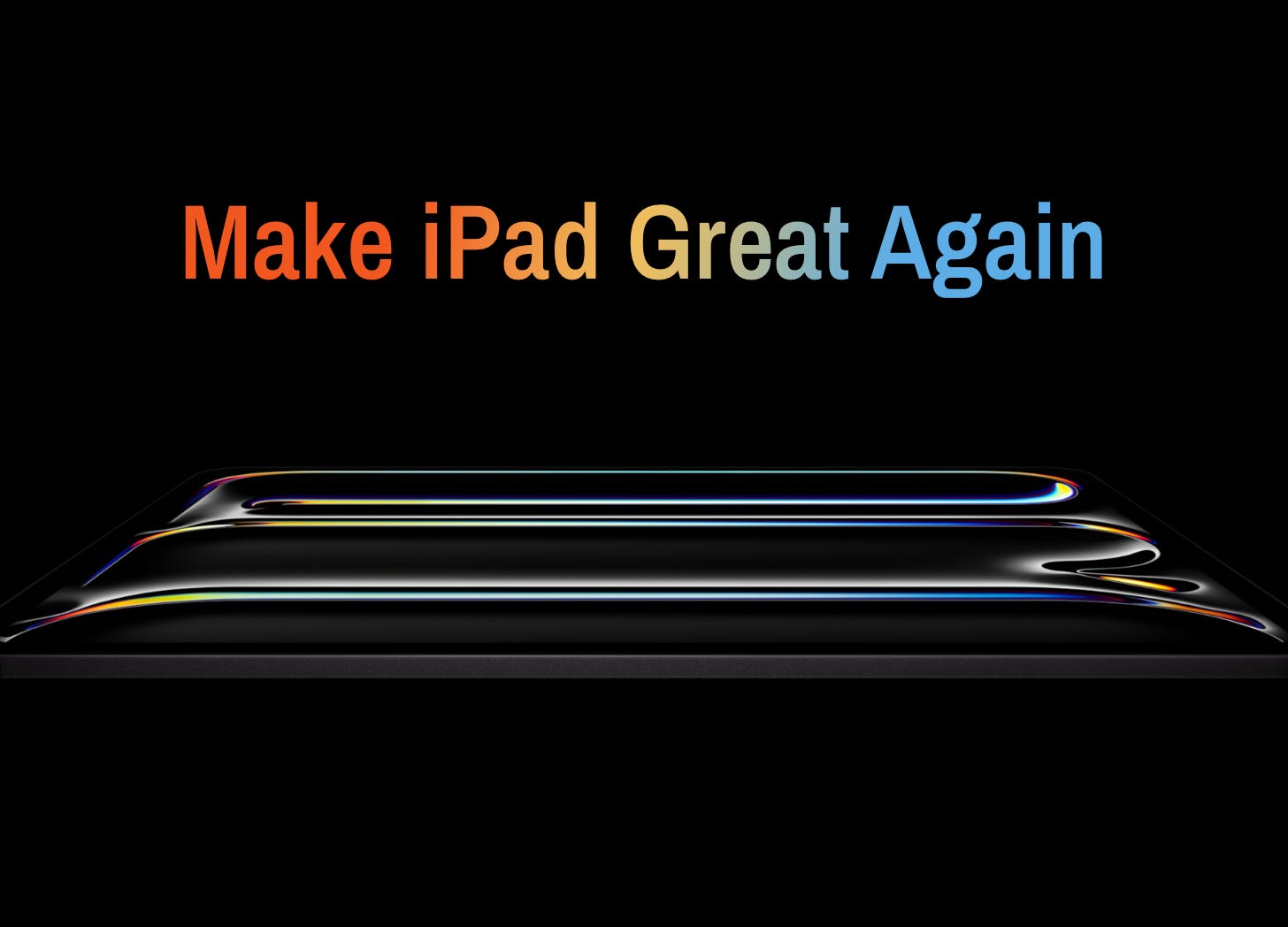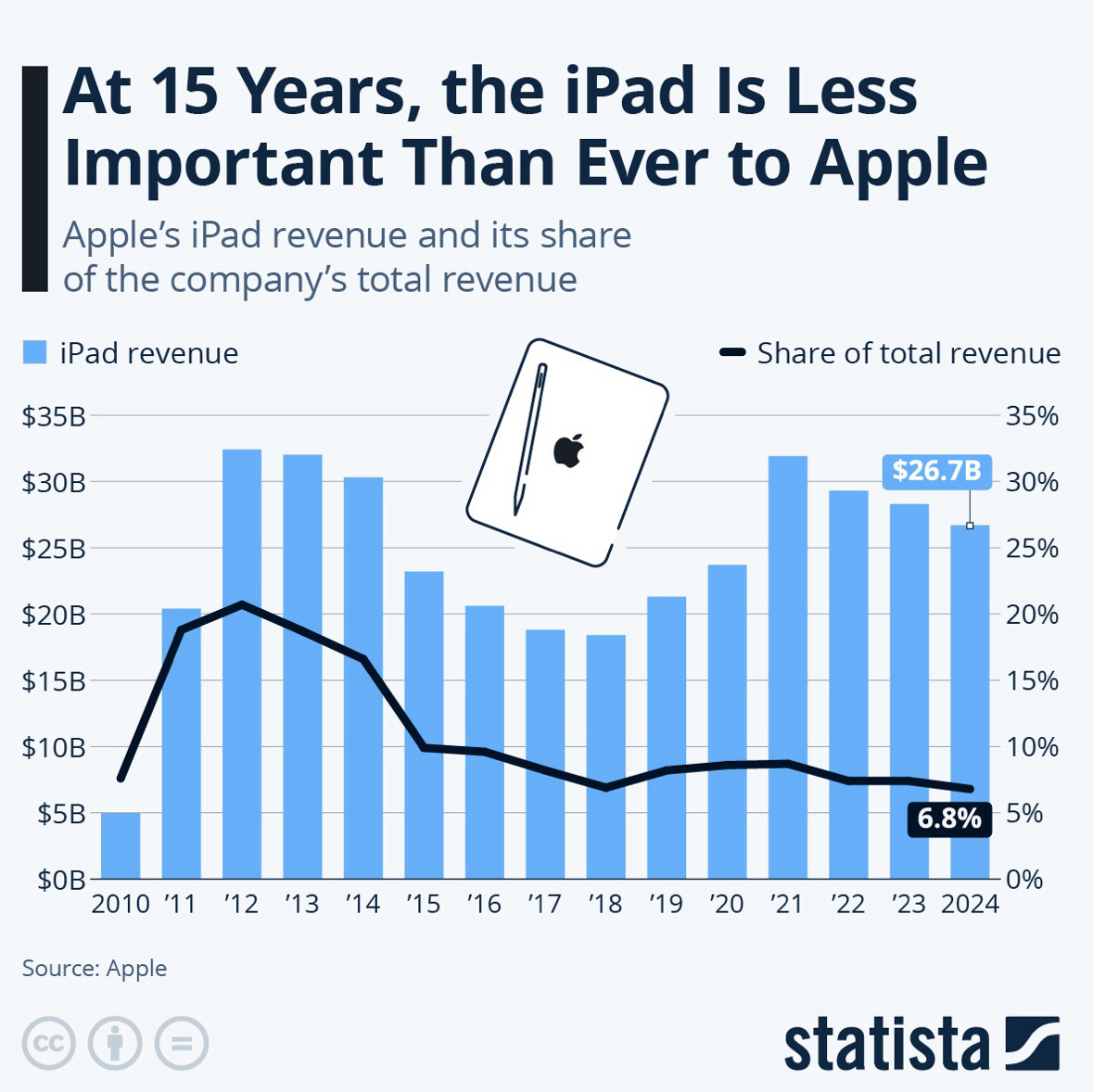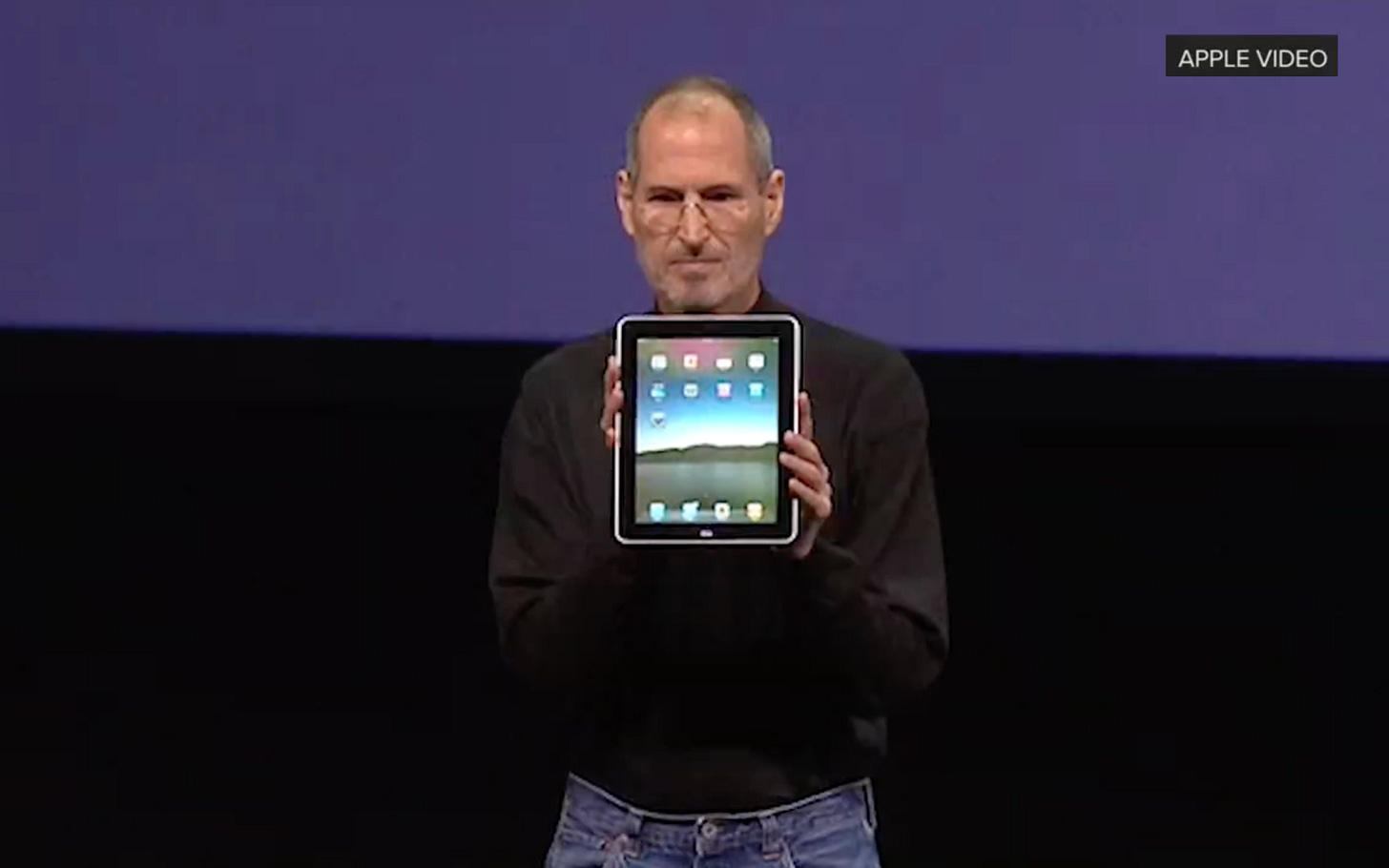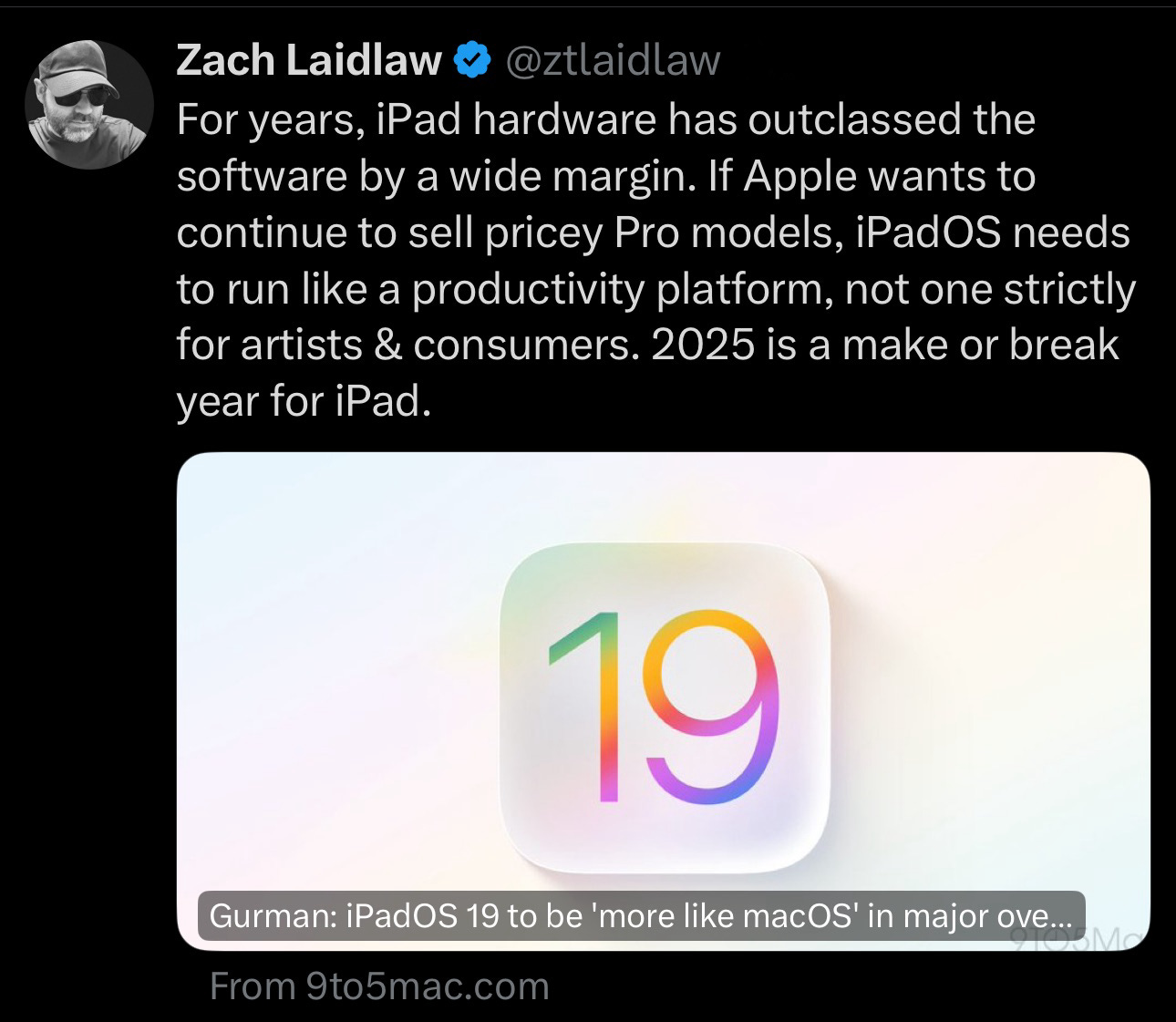Apple, Please Make iPad Great Again
For another year, Apple is rumored to make iPad more like Mac with the upcoming release of iPadOS 19. And for another year, Apple users will either be sorely disappointed or pleasantly surprised, depending on the updates revealed at WWDC 2025. Whichever comes to pass, one thing is certain: Apple needs to do something to make iPad great again, or the best tablet on the market will continue its spiral into obscurity.
The Tablet That Made Tablets Cool
When iPad launched all the way back in 2010, it was a groundbreaking device that combined the best attributes of Apple’s young and revolutionary iPhone with the tried and true Mac. To put it simply, there was nothing like it. Truly.
Tablets, at the time, weren’t common in the consumer market at all. Sure, there were a couple attempts – like the Windows XP Tablet of 2002 that you most surely never heard of, and even Apple’s failed Newton nearly a decade before that – but up until this point, nothing really stuck. Until iPad.
iPad wasn’t the first tablet to hit the market, but it was arguably the best. It was crafted from a single sheet of glass with multi-touch support that users could use with their fingers, – no stylus necessary – which opened up an entire new category of consumer products. Before you knew it, we had Android tablets, touchscreen Kindles, convertible laptops, and more.
Still, even as the market became saturated with lookalikes and offshoots of the tablet form factor, iPad was the best device in its category, bar none. In fact, all these years later, it still sits at the top of the tablet market with very little competition to knock it off its pedestal, though Samsung may try.
A Fall From Grace
So what happened? Since the iPad launched a staggering 15 years ago, sales initially shot through the roof, only to fall off almost every year since 2015. According to Statista, iPad revenue is on a steady decline with no indication that things will change anytime soon.
Why? It’s because when you pick up an iPad from the shelf today, not much has changed since the original from a decade and a half ago.
Okay, okay, before you come at me with pitchforks, hear me out. Sure, at first glance, a lot has changed. Aside from major advancements in hardware, the operating system powering iPad has received a new coat of paint, widget support, Stage Manager, a better file system via the Files app, improved external drive support, and probably a bunch of other stuff I could dig up with a quick Google search.
But under the hood, things still feel surprisingly the same. Working with multiple apps at a time is still clunky, despite Stage Manager’s refreshed take on multitasking. RAM management is dreadful, especially if you have too may Safari tabs or apps open at once; just flip between a couple of them and be haunted by reloading pages everywhere you go. A true file management system that works just like a real computer is still MIA. And yes, although we get full-screen monitor support now, most third-party apps aren’t optimized for it. iPad doesn’t even support my very niche but favorite Mac accessibility feature for the trackpad that’s called “three-finger drag.” If you haven’t tried it, you’re missing out on what is arguably a faster, easier text selection experience.
Now, these shortcomings would fine, if we were still back in 2010 when the great, late Steve Jobs first showed this baby off in front of an awestruck crowd. But in the age of Apple Silicon chips that not only power iPhones and iPads, but also the entire Mac lineup, iPad’s software shortcomings have become a running joke in the tech community. Year over year, new iPads launch with incredible power under the hood, yet their software never takes advantage of it.
It’s like buying a Ferrari without a gas tank: sure, it looks pretty, and the potential to be great is there, but it just doesn’t have the drive to get out on the open road and gallop. It’s a waste.
Dawn of a New Day
It’s clear that iPad has reached the end of the road of artificial limitations Apple has placed on its darling tablet. They can’t keep hampering iPad year over year and expect it to grow. The only way to expand the iPad userbase now is to open up its capabilities with a more capable operating system.
So why won’t they do it? In short, Apple’s afraid that making iPad more Mac-like would risk cannibalizing their Mac userbase, which is also facing its own revenue woes.
But to hold iPad back out of fear over deprioritizing what is a capable but aging computer platform in macOS would be the greater risk, in my opinion. iPad was always meant to be the future of Apple’s computing platforms. No other device in their ecosystem is so versatile that it can be a tablet, laptop, desktop, sketchbook, e-reader, etc. And it could be even more, if Apple just got out of their own way.
Now is the time to give it a software experience that ushers in the new age of Apple’s professional computing legacy. It’s time to bring back the glory days of the best tablet on the market with a bold new strategy that embraces its creative roots while unleashing its productive power for a new generation.
The iPad doesn’t even have to become a Mac to make it happen. It just needs to be as functional as one, plus all the other things iPad can do that Mac simply can’t.
Apple, it’s time to make iPad great again.






